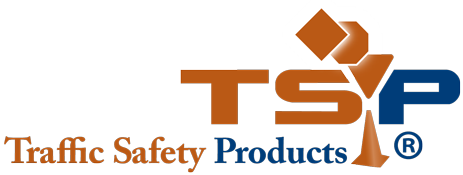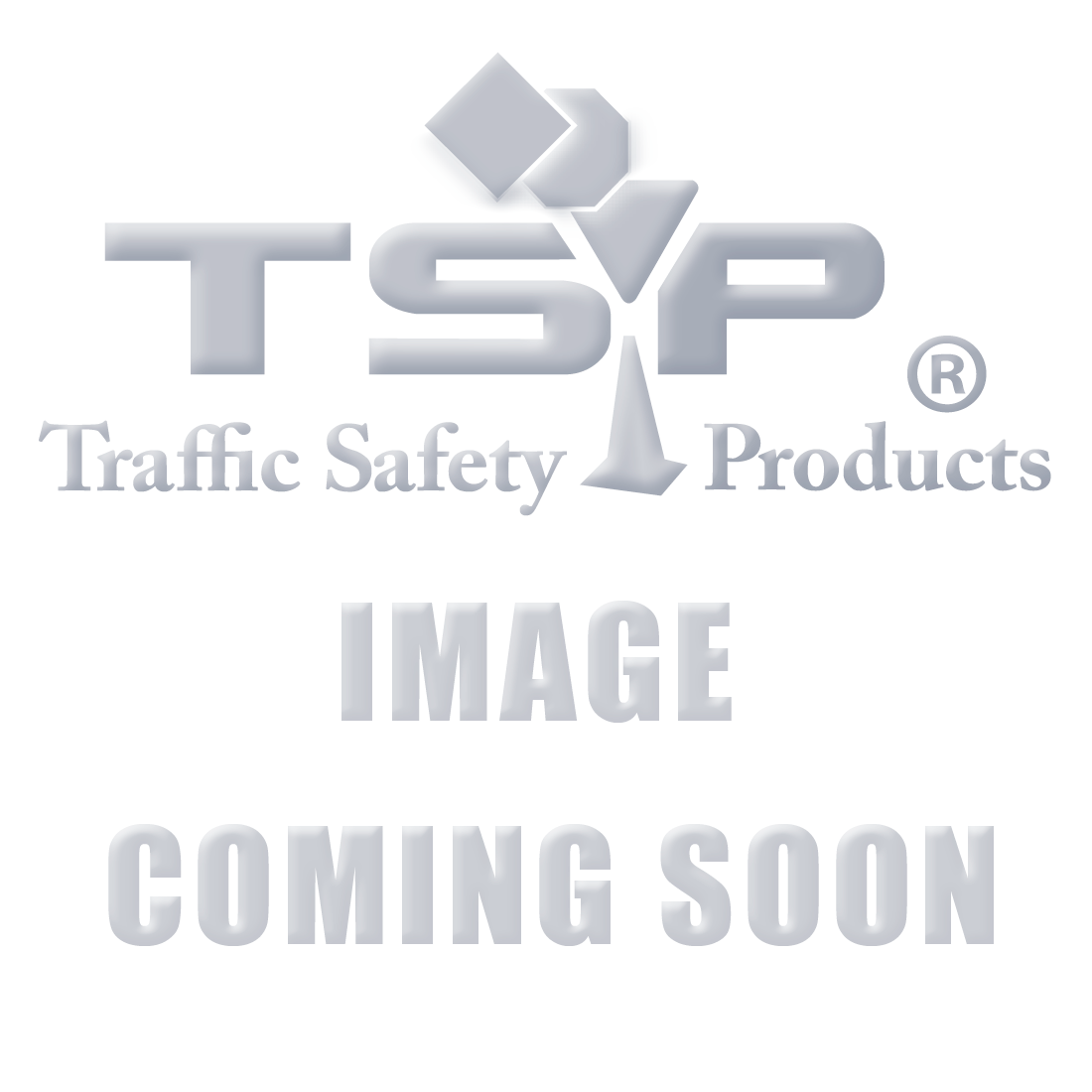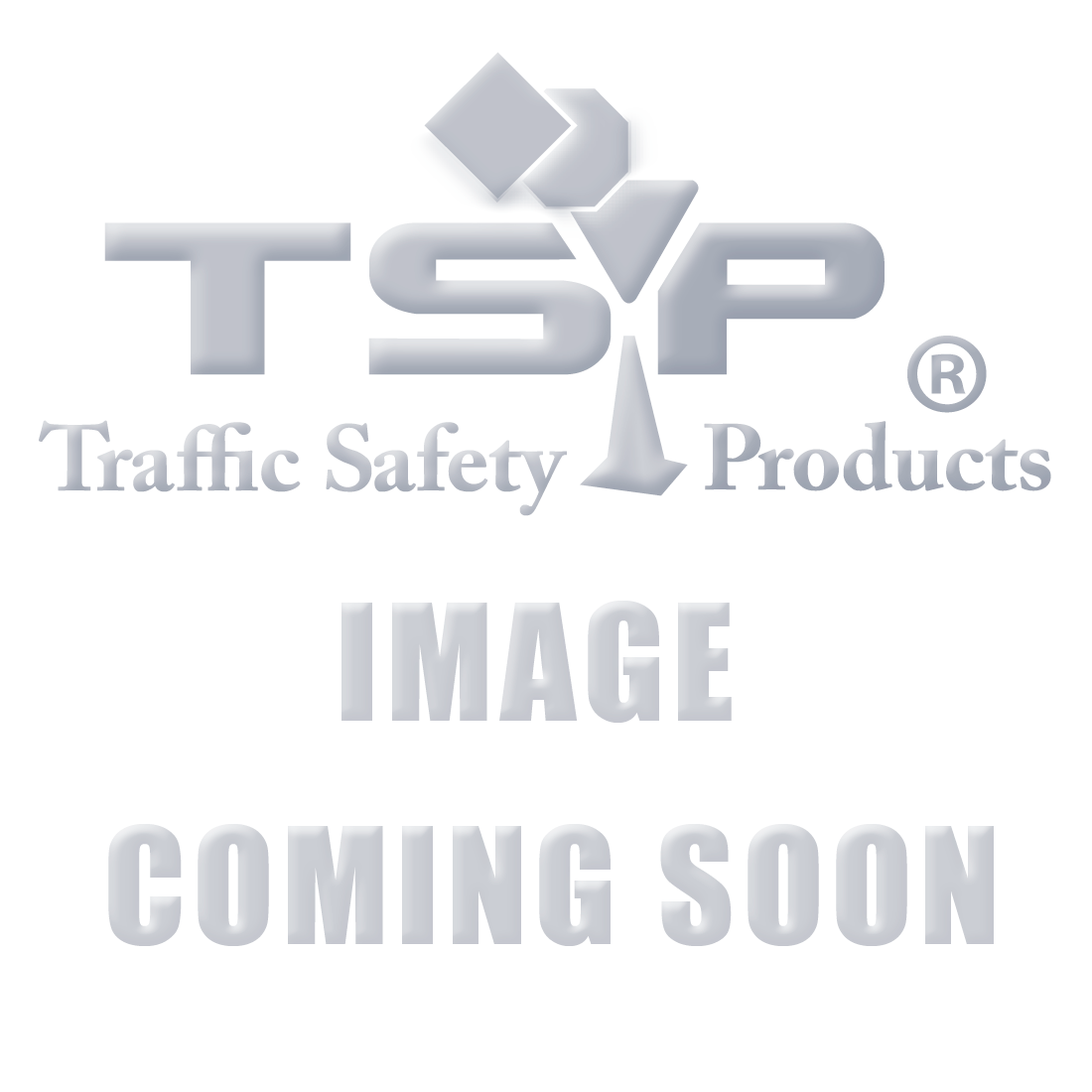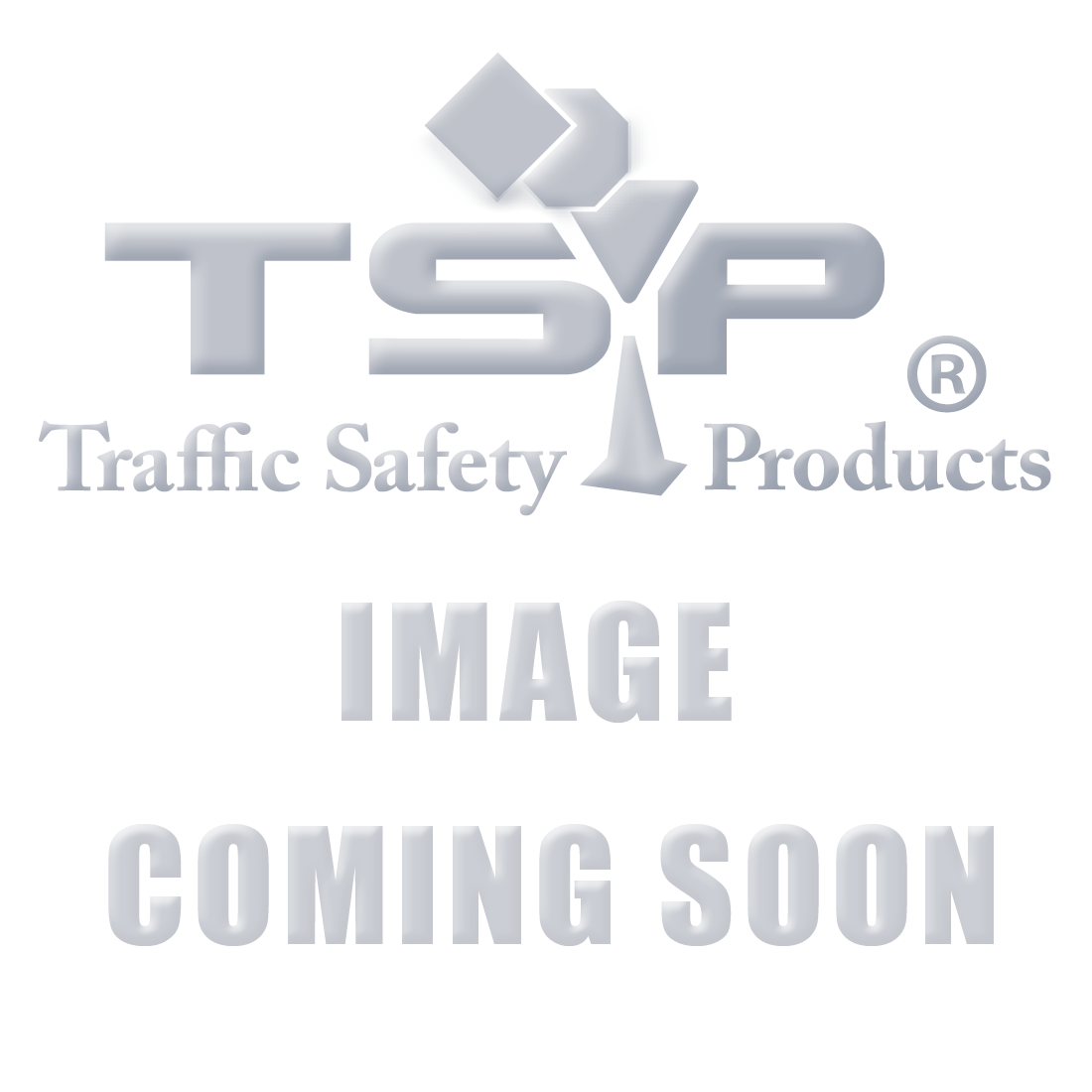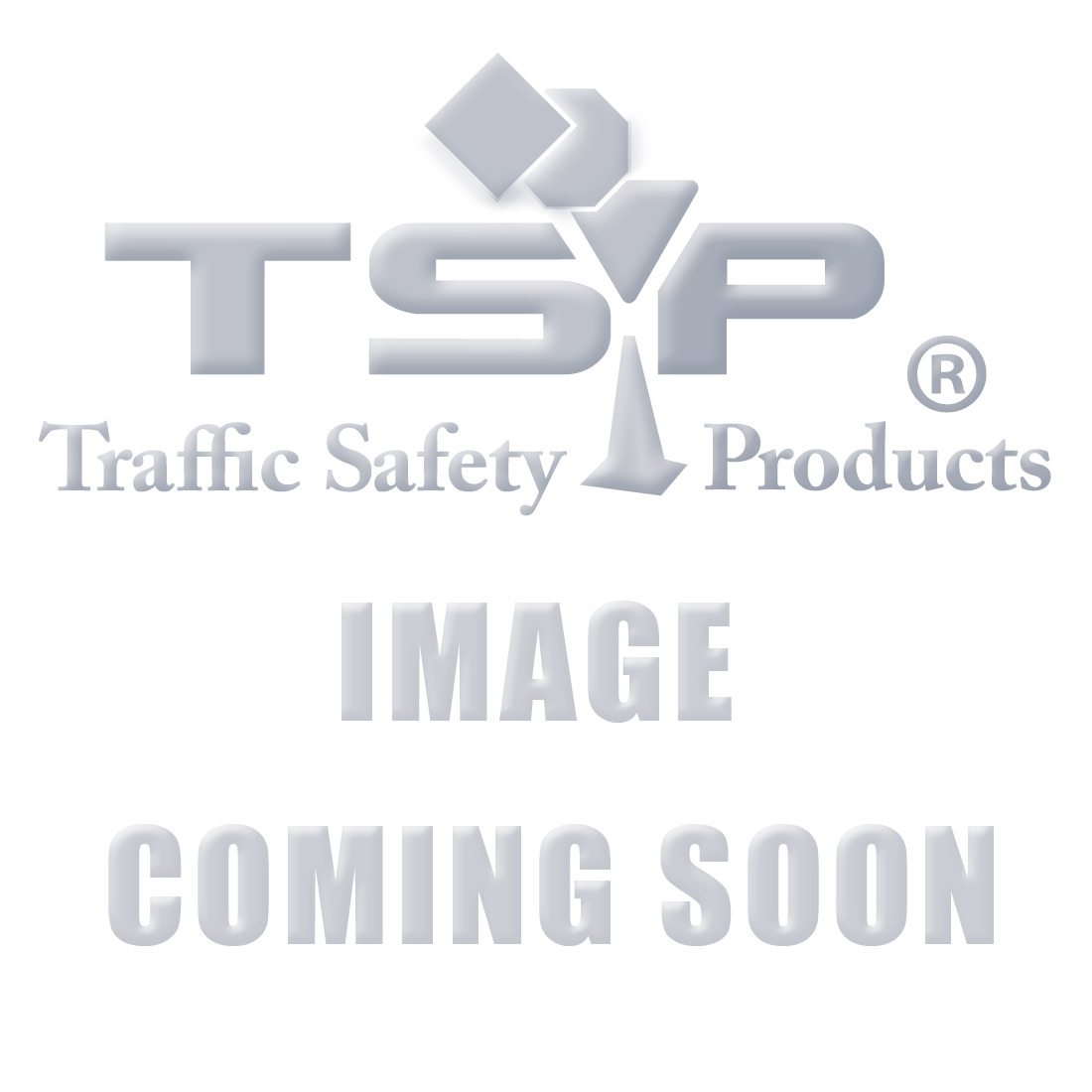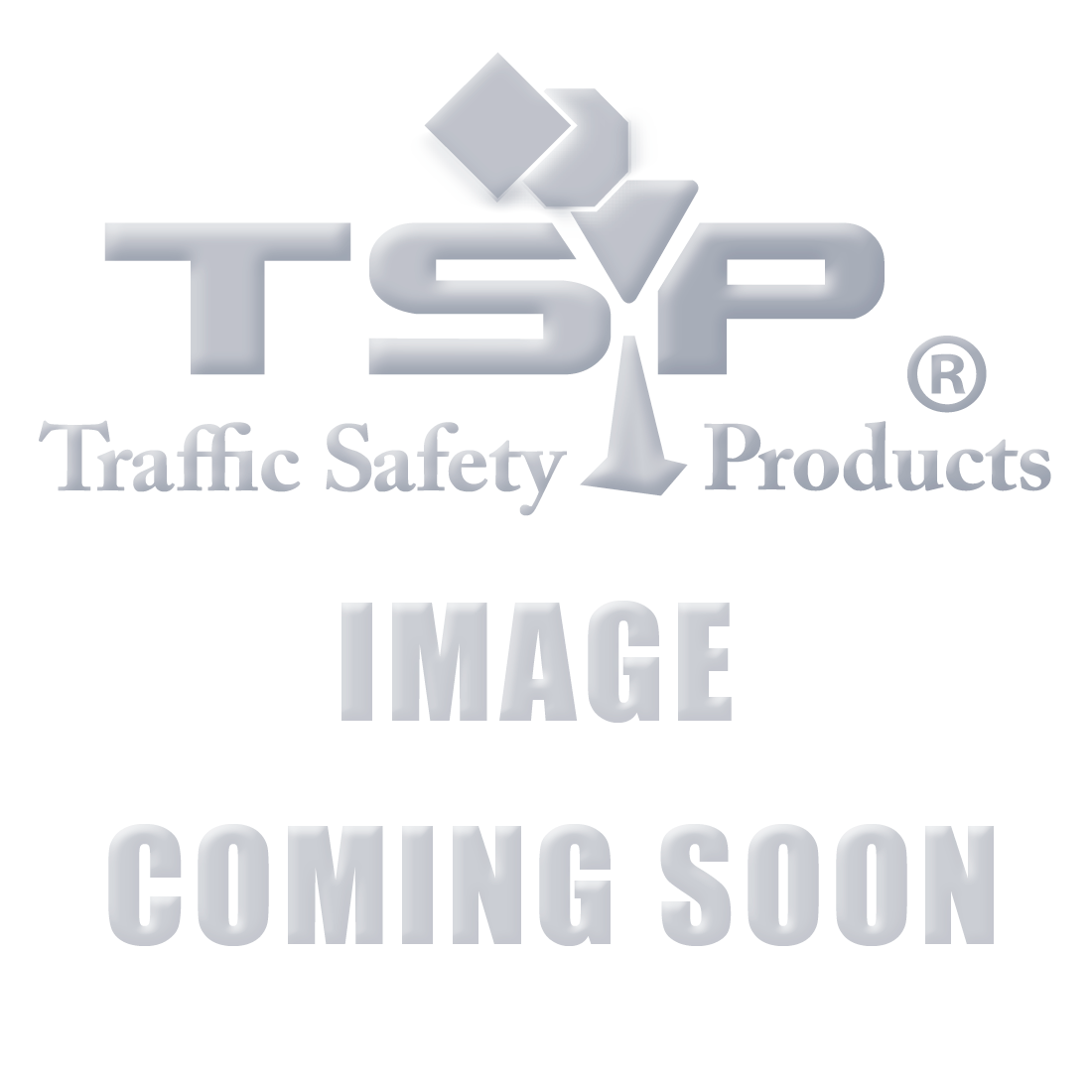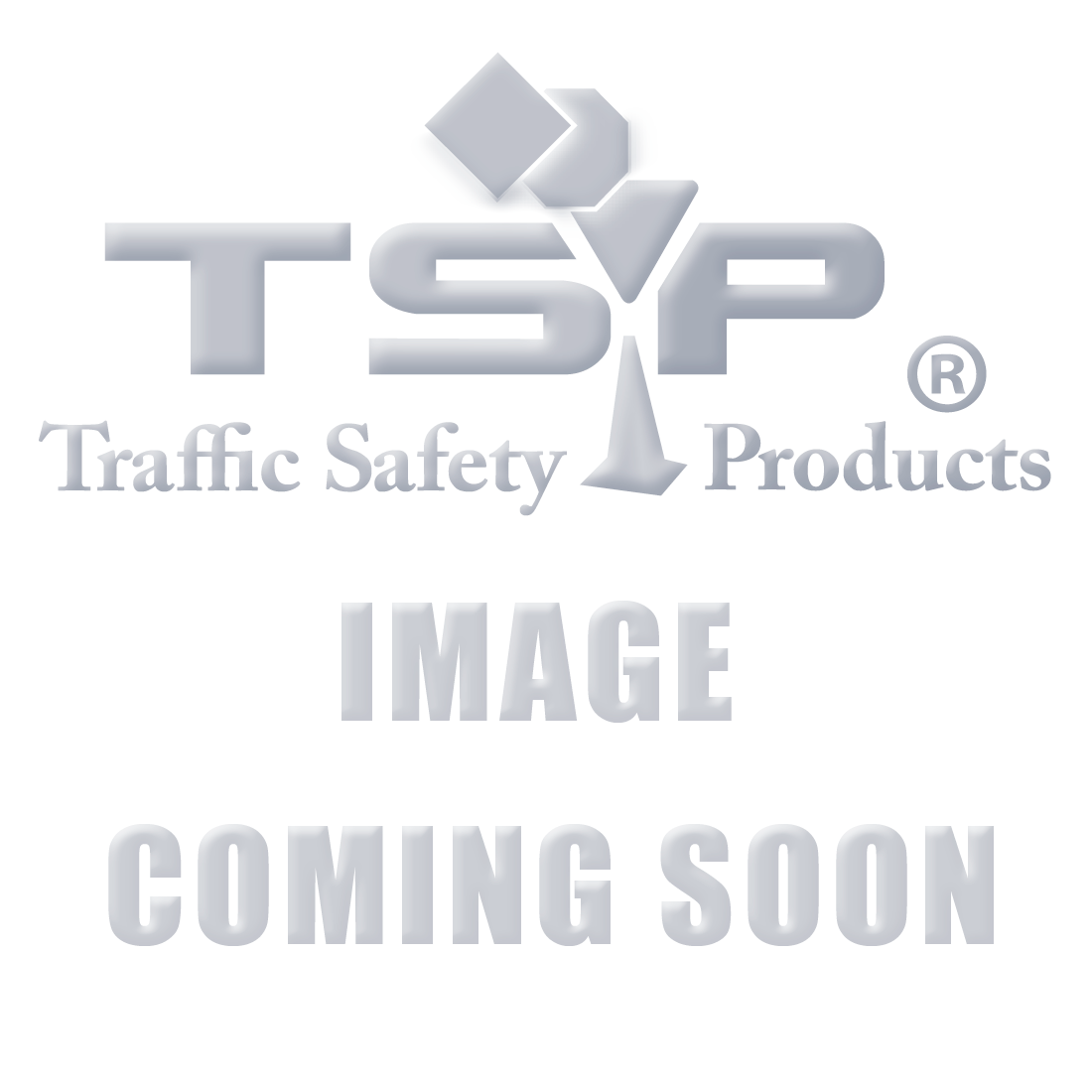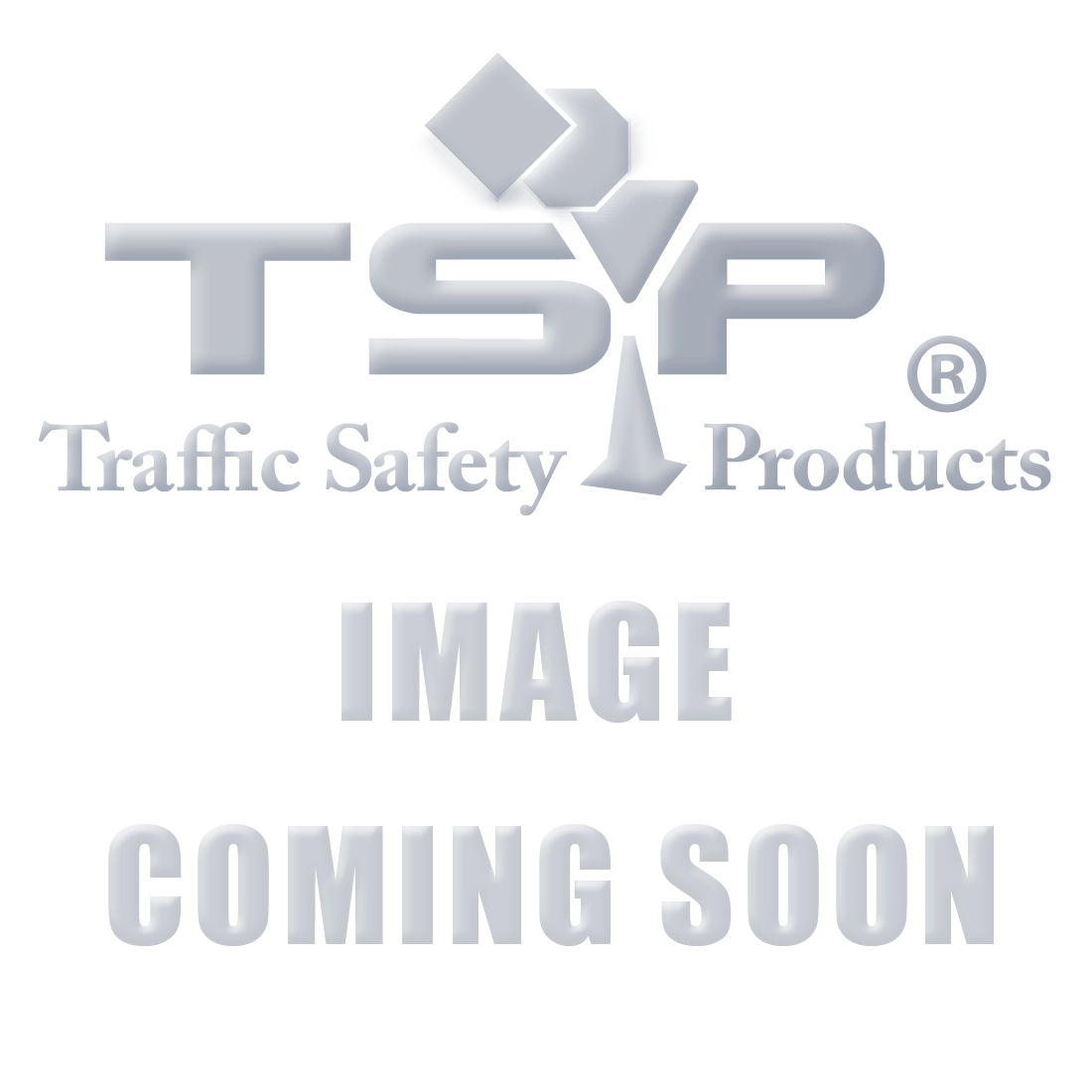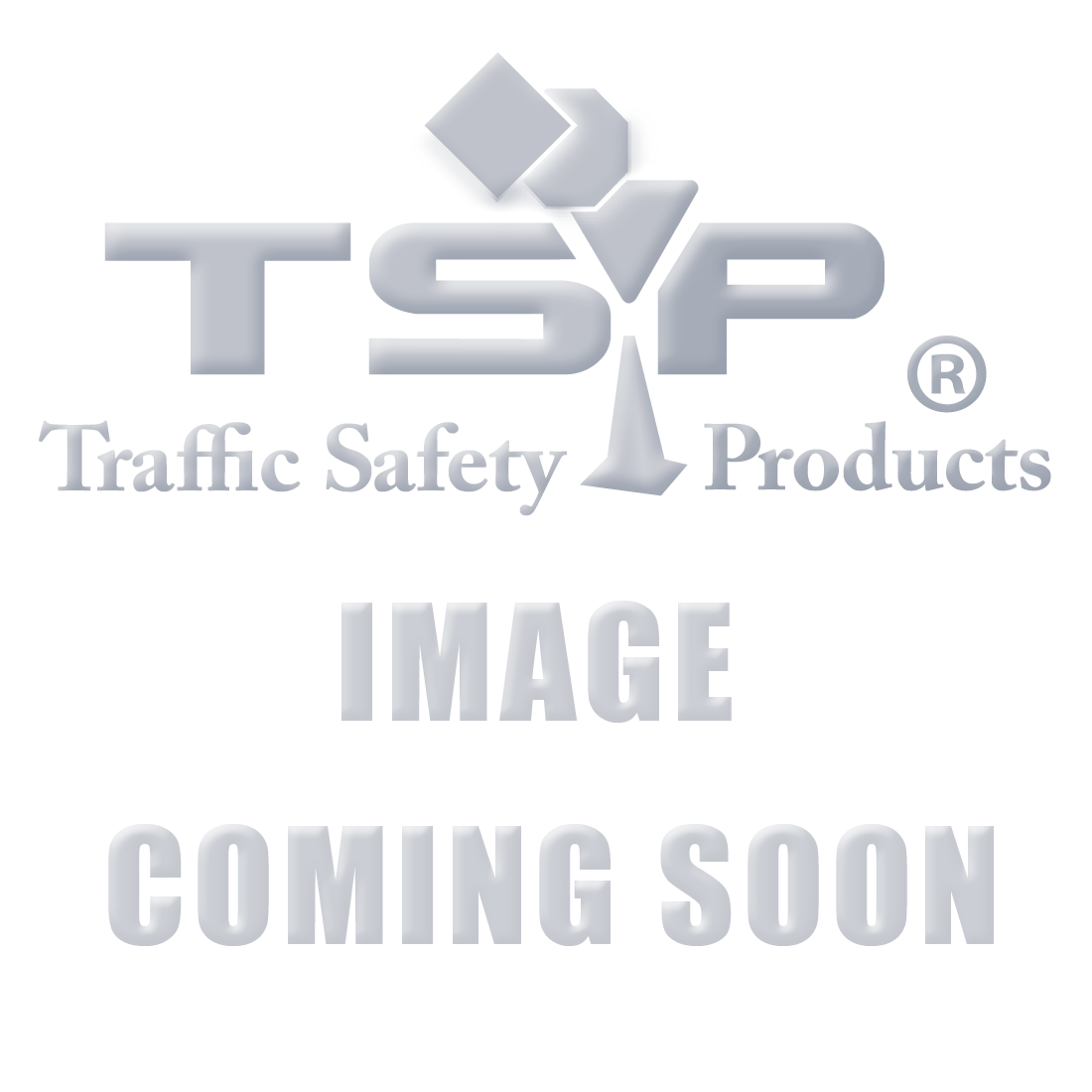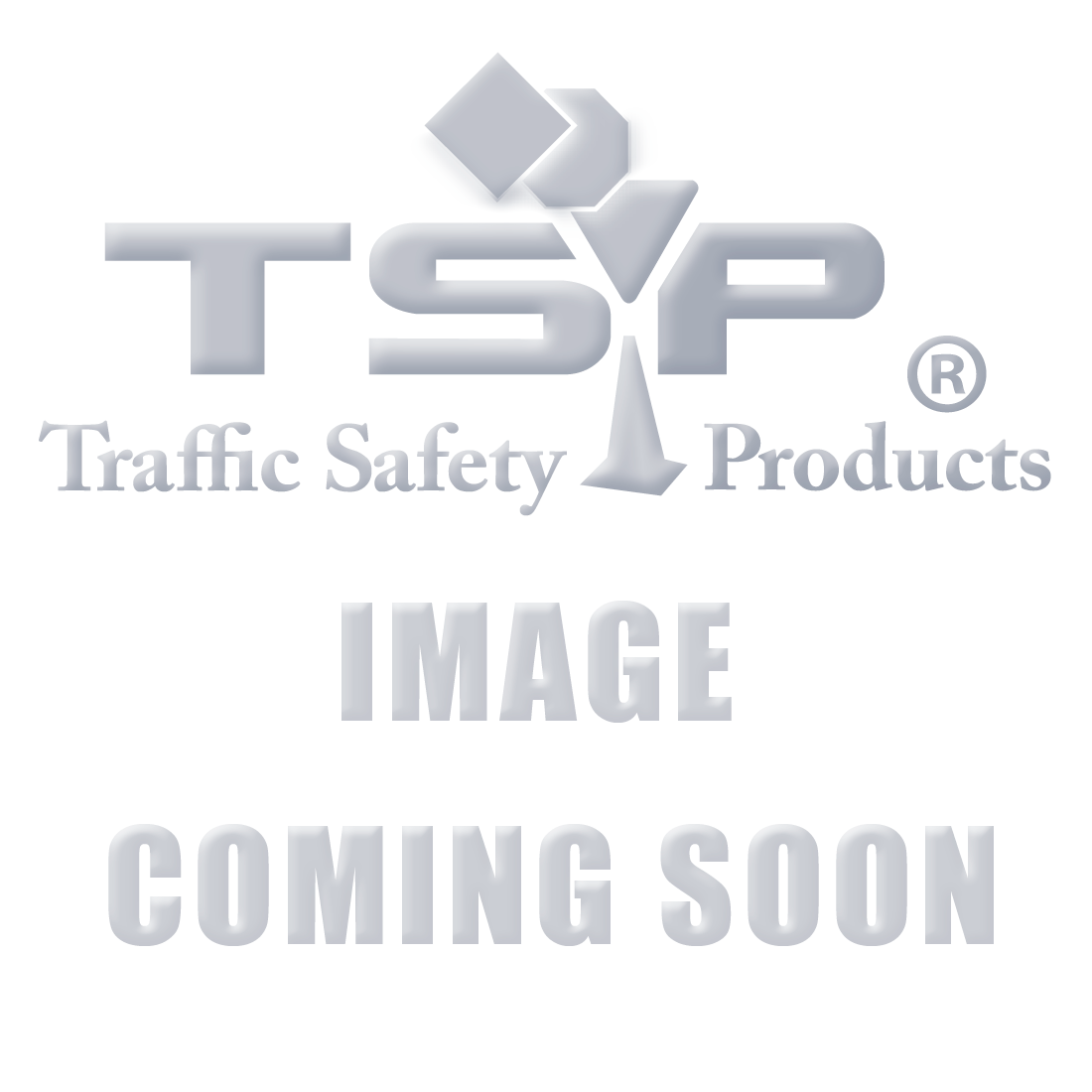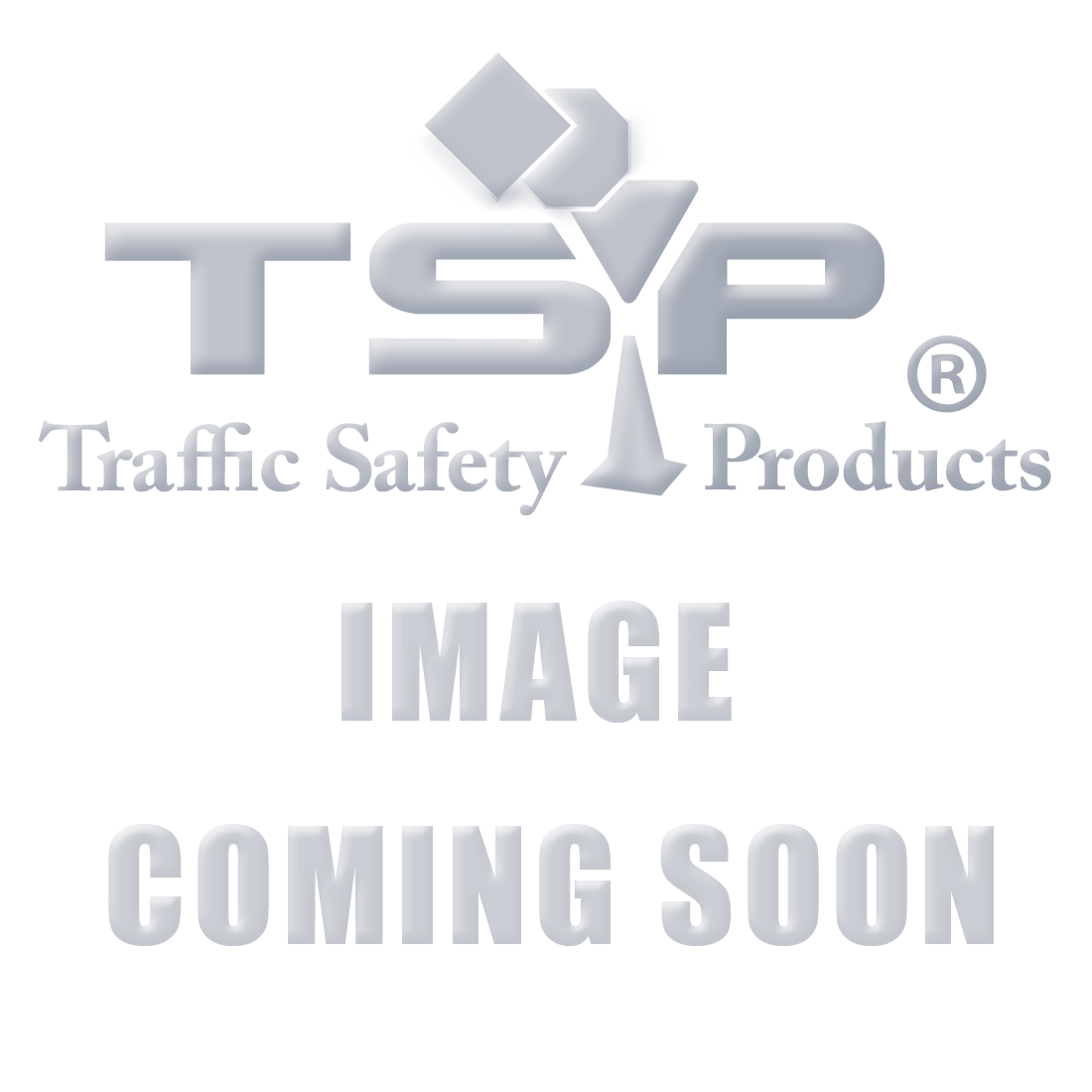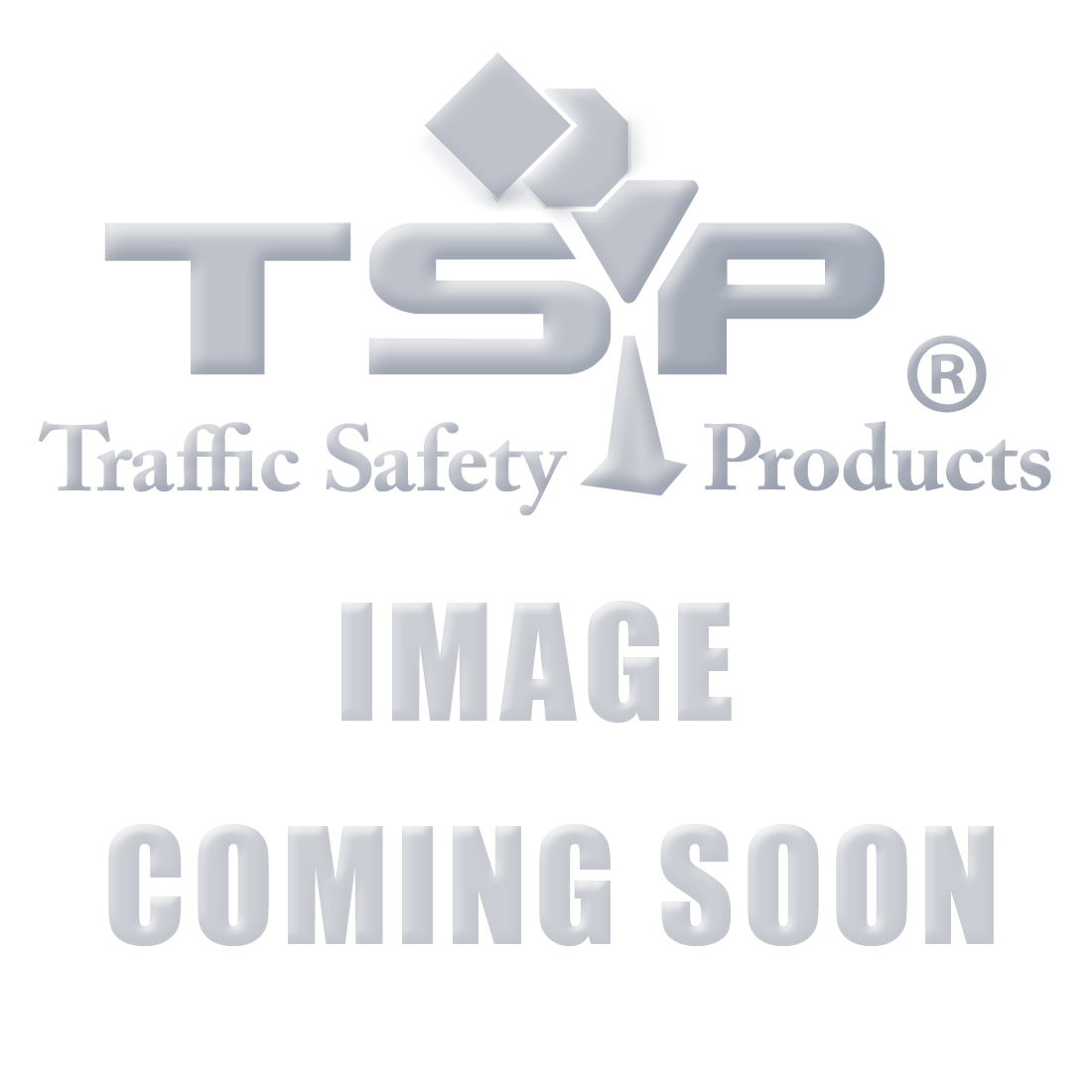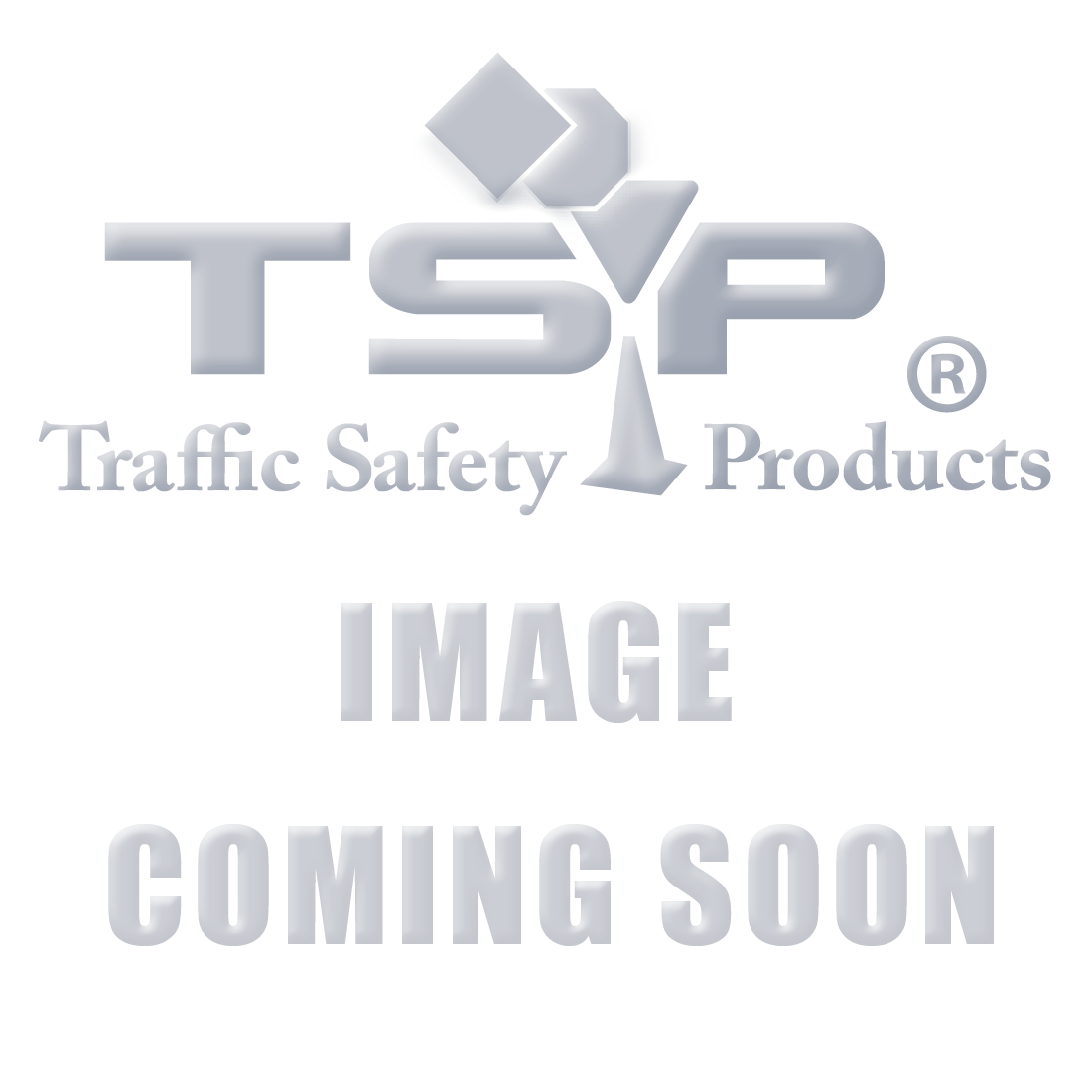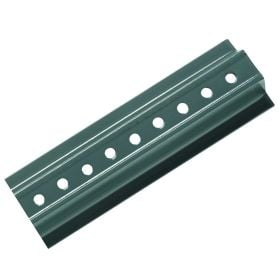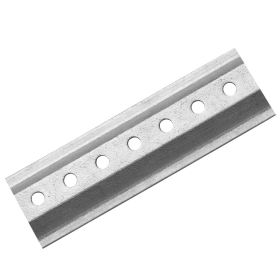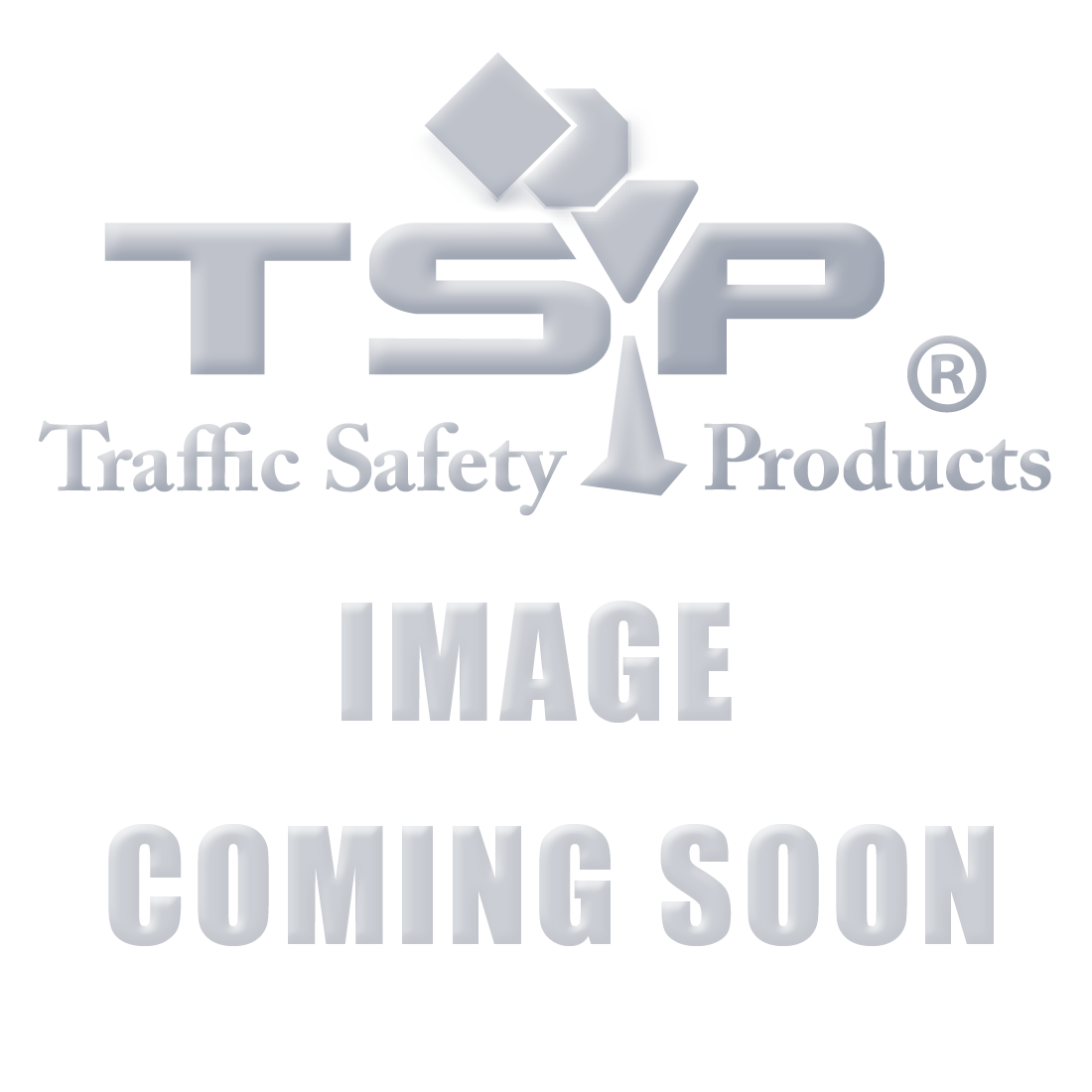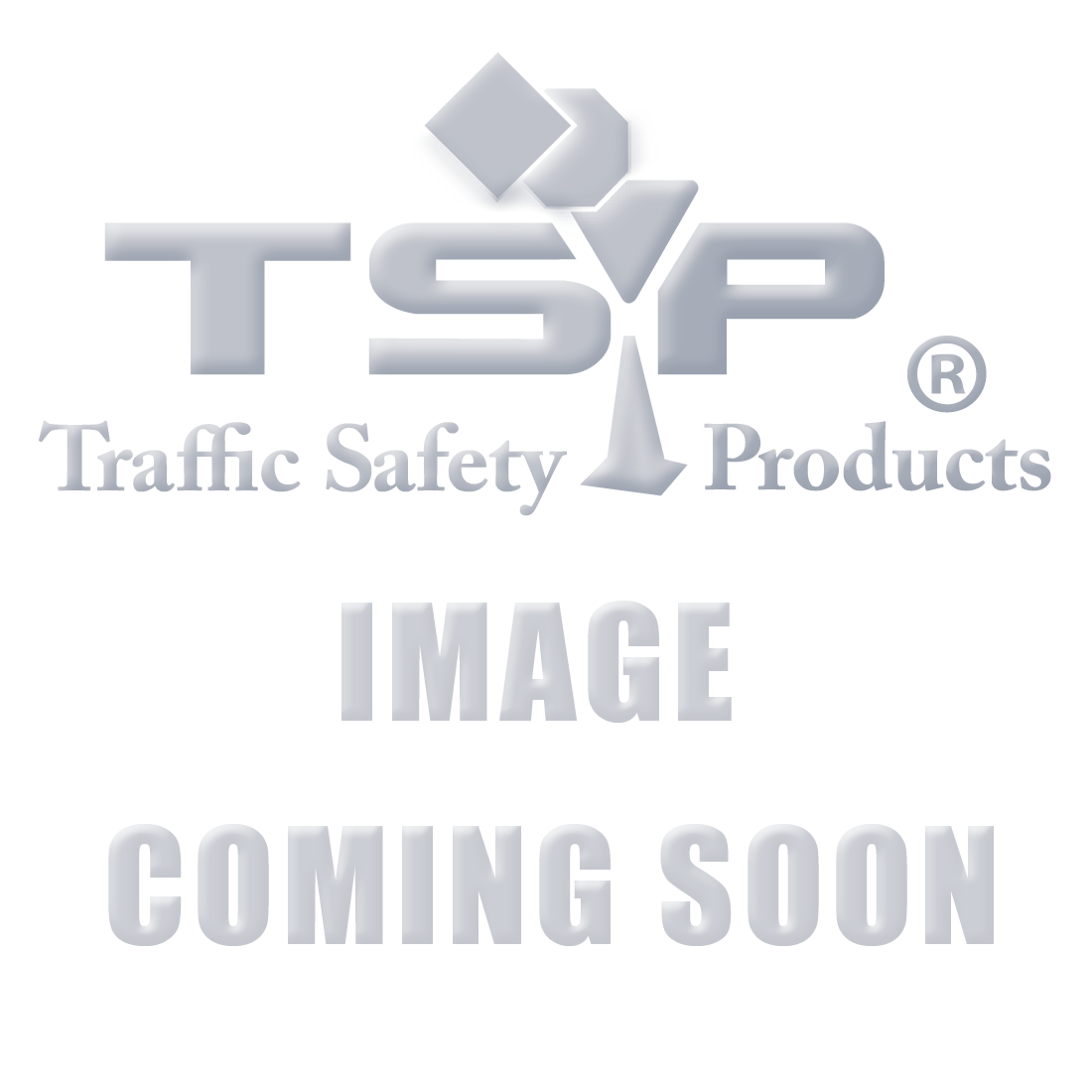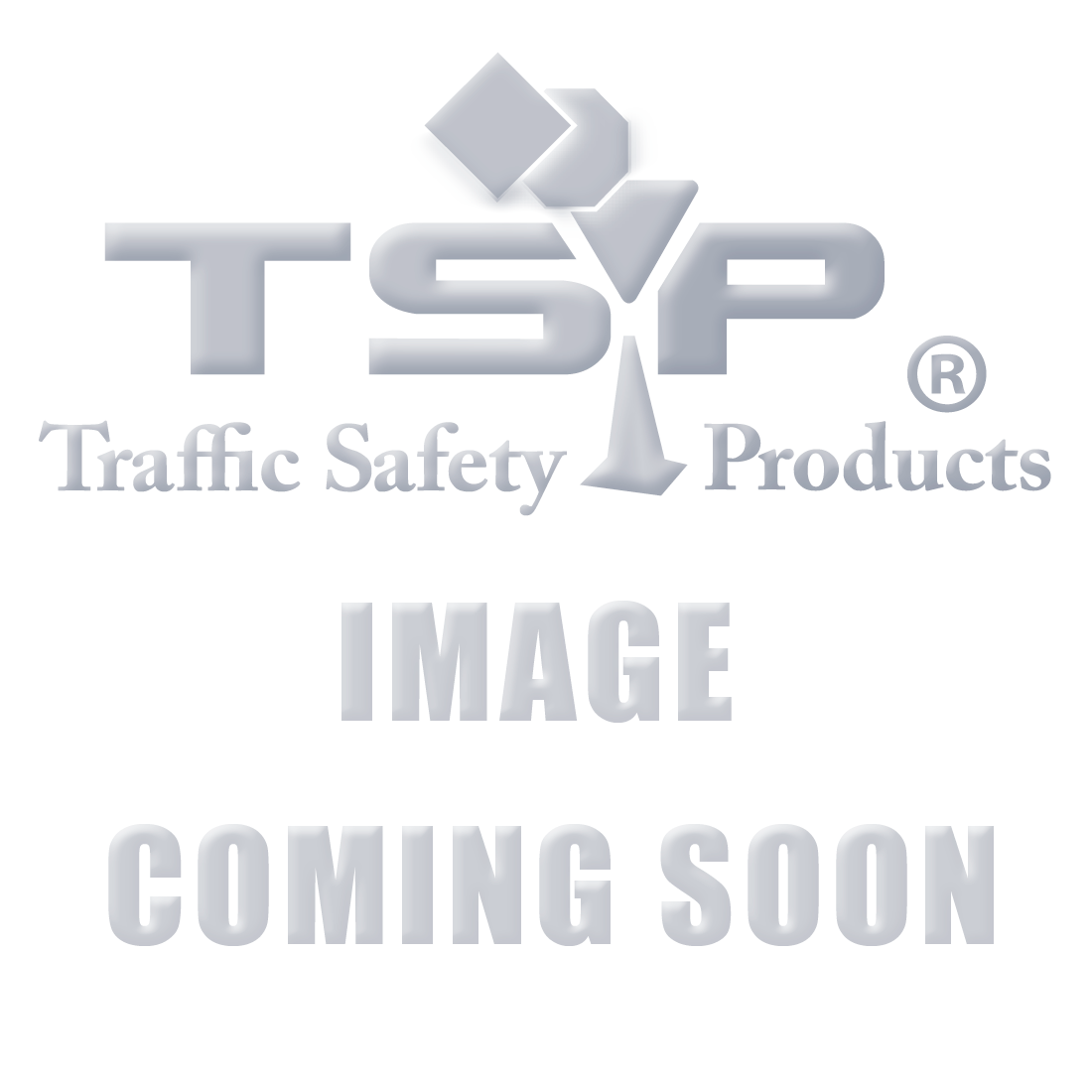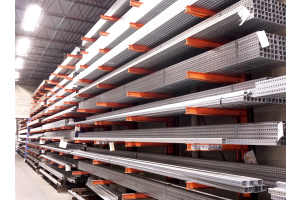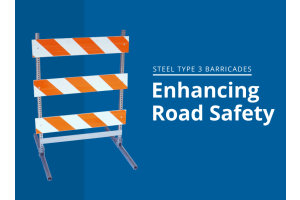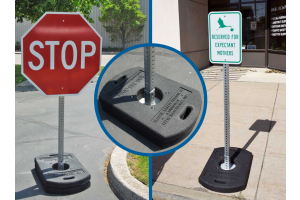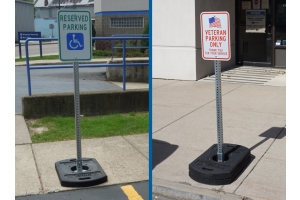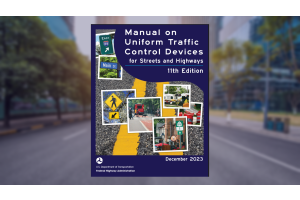- TSP
- Sign Posts & Accessories
- Traffic Barricades
- Delineators & Markers
- Sign Stands
- Signs
- Hi Vis Clothing
- Pavement Markers
- Fire Hydrant Markers and Caps
- Workzone Products
- Parking Lot Products
- School Zone Products
- Airport Products
- Winter Safety Products
Signpost Mounting Options for Square Tubing & U Channel Sign Post
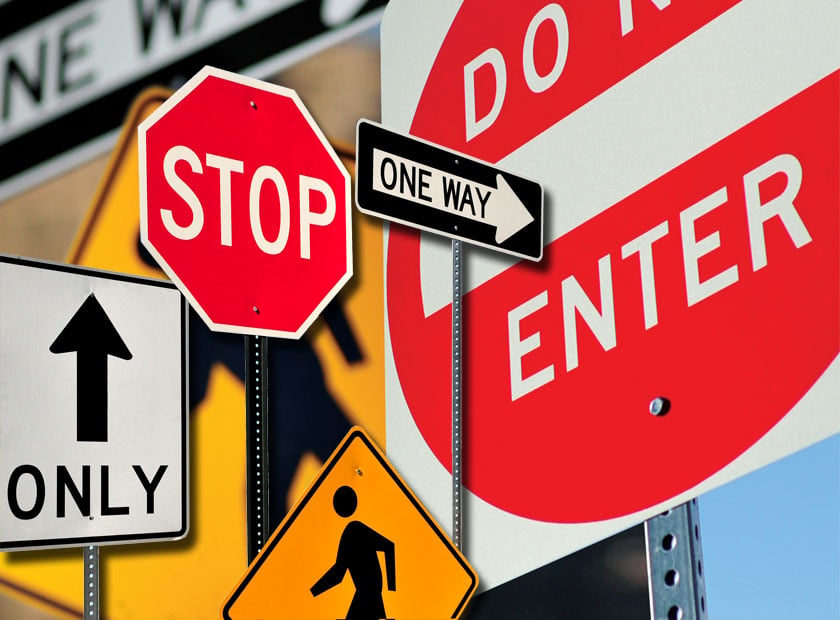
The First Step in Signpost Installation is Determining Sign Post Type 
Choosing a signpost installation method, along with choosing which hardware and tools to use to install your sign post, can be confusing. There are a lot of factors that go into making the right decision - and that's after you've decided on which type of signpost to install.
Which Type of Signpost Are You Installing?
There are three main types of sign post:
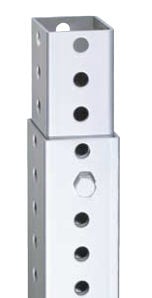 Square Tubing: such as Telespar™ Posts. Telespar™ is steel telescoping tubing, available in 10, 12 & 14 gauge thicknesses, in a variety of widths and lengths. Telespar™ square steel tubing for signpost applications is pre-galvanized, to prevent rust, and contains 7/8" holes on all four sides that are 1" on center. Signposts are also available with "knockout" holes die-cut on all for sides; this style of metal tubing is known as Qwik-Punch, and there is a special Qwik-Punch Knockout Tool available to knock out die-cut holes at desired locations along the length of the signpost.
Square Tubing: such as Telespar™ Posts. Telespar™ is steel telescoping tubing, available in 10, 12 & 14 gauge thicknesses, in a variety of widths and lengths. Telespar™ square steel tubing for signpost applications is pre-galvanized, to prevent rust, and contains 7/8" holes on all four sides that are 1" on center. Signposts are also available with "knockout" holes die-cut on all for sides; this style of metal tubing is known as Qwik-Punch, and there is a special Qwik-Punch Knockout Tool available to knock out die-cut holes at desired locations along the length of the signpost.- U Channel Sign Post
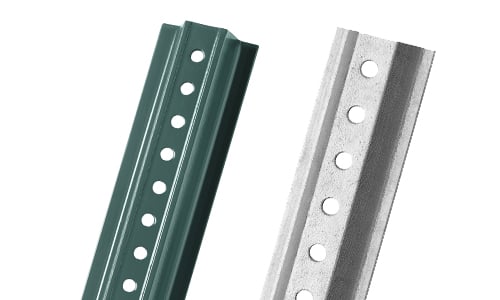 : such as Nucor Marion steel u channel and delineator posts. Rib-Bak® Steel U Channel Sign Posts are available in 2 Lb/ft, 2.5 Lb/ft, 3 Lb/ft & 4Lb/ft weights, in a variety of lengths. Rib-Bak® steel has 25% more yield strength than competitive posts, allowing you to support more sign on lesser weighing posts, saving steel and money, without sacrificing any safety. Delineator posts are 1.12 Lb/ft and are available in both Rib-Bak® Steel and Bend-Bak® Steel (bendable, low-carbon steel, designed to bend, instead of break, on impact).
: such as Nucor Marion steel u channel and delineator posts. Rib-Bak® Steel U Channel Sign Posts are available in 2 Lb/ft, 2.5 Lb/ft, 3 Lb/ft & 4Lb/ft weights, in a variety of lengths. Rib-Bak® steel has 25% more yield strength than competitive posts, allowing you to support more sign on lesser weighing posts, saving steel and money, without sacrificing any safety. Delineator posts are 1.12 Lb/ft and are available in both Rib-Bak® Steel and Bend-Bak® Steel (bendable, low-carbon steel, designed to bend, instead of break, on impact). - Round Posts: Telespar Round Tube for sign post applications is most commonly manufactured in 2-3/8" Diameter, in a variety of lengths. We stock it in 16 gauge, 12 ft lengths and sell it in bundle quantities (37 pieces). It is solid (no holes) and pre-galvanized. Signs are mounted to round posts using stainless steel banding and banding brackets, or sign post brackets that mount to the top of the sign post.
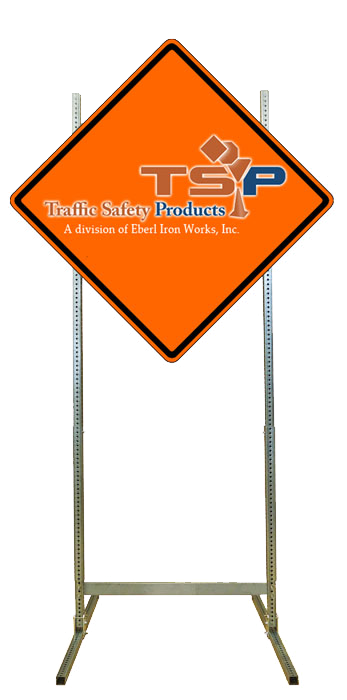 Are you putting up sign posts in a parking lot? On a municipal road? A highway? Are they going up in a crash zone? A high speed zone? In a Construction zone? There are federal guidelines, determined by the Federal Highway Administration (FHWA), that govern the installation of sign posts, depending on where you are installing them. Parking lots and private property are typically a free for all as far as the installation of sign posts and other types of traffic safety devices go. There are rules (municipal, state and federal) but they are not monitored or enforced nearly as strictly as on federal roadways. It is important to consult with the proper authorities regarding sign post installation rules that may be applicable to your specific geographic location. Adhering to these rules can not only prevent costly liabilities, but it can also save lives.
Are you putting up sign posts in a parking lot? On a municipal road? A highway? Are they going up in a crash zone? A high speed zone? In a Construction zone? There are federal guidelines, determined by the Federal Highway Administration (FHWA), that govern the installation of sign posts, depending on where you are installing them. Parking lots and private property are typically a free for all as far as the installation of sign posts and other types of traffic safety devices go. There are rules (municipal, state and federal) but they are not monitored or enforced nearly as strictly as on federal roadways. It is important to consult with the proper authorities regarding sign post installation rules that may be applicable to your specific geographic location. Adhering to these rules can not only prevent costly liabilities, but it can also save lives.
Is Your Signpost Temporary or Permanent?
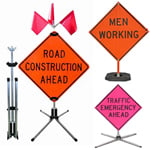 If you're installing signs in a construction zone, or an area where vandalism and theft are prevalent, you might need temporary sign posts, or portable sign posts. For construction zone applications, where specialized work zone signs will be used only for the duration of the work, you might want to consider using a tubular sign stand, weighted with sand bags, or roll-up signs and roll-up sign stands. Once again, check with local, state and federal resources, such as the FHWA and the Manual on Uniform Traffic Control Devices (MUTCD) for specific regulations regarding installation in these areas.
If you're installing signs in a construction zone, or an area where vandalism and theft are prevalent, you might need temporary sign posts, or portable sign posts. For construction zone applications, where specialized work zone signs will be used only for the duration of the work, you might want to consider using a tubular sign stand, weighted with sand bags, or roll-up signs and roll-up sign stands. Once again, check with local, state and federal resources, such as the FHWA and the Manual on Uniform Traffic Control Devices (MUTCD) for specific regulations regarding installation in these areas.
For parking lot applications, where you may want to mark handicap parking spaces, or pedestrian crosswalks, it might be beneficial to go with a portable sign kit, which can be easily moved about and stored, when not in use. Portable sign kits typically include a weighted rubber base which has handles and a post receiver, and hardware to attach your post and signs.
What Type of Surface Is Your Signpost Being Mounted On?
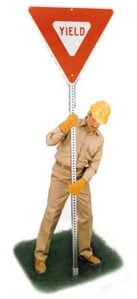 Soil: Soil installation refers to instances where a sign post is embedded directly into the soil (not in concrete or asphalt). Depending on the total surface area of the sign(s) you are supporting on your post and the average wind speeds for that area, it may be necessary to use a soil stabilizing anchor to keep your post in an upright position and facing the right direction at all times.
Soil: Soil installation refers to instances where a sign post is embedded directly into the soil (not in concrete or asphalt). Depending on the total surface area of the sign(s) you are supporting on your post and the average wind speeds for that area, it may be necessary to use a soil stabilizing anchor to keep your post in an upright position and facing the right direction at all times.- Concrete or Asphalt: While sign posts can be driven into concrete or asphalt (typically after a hole has been drilled/bored through the concrete or asphalt, or while the concrete is still wet) it is more common to install posts using a surface mount base. A surface mount base sits on top of the concrete or asphalt, has a receiver for the post and is secured using bolts. Bolting to concrete is typically much easier (and less destructive) than driving a post through the concrete/asphalt surface. In some light-duty applications surface mount bases are installed using epoxy, or butyl pads.
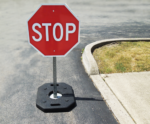 Barrier Mount: There are even specialized post bases created for the purpose of installing signposts and signage on top of barriers, such as the concrete jersey barrier.
Barrier Mount: There are even specialized post bases created for the purpose of installing signposts and signage on top of barriers, such as the concrete jersey barrier.- Portable Base: such as a rubber base, with a post receiver for u channel, square tubing, or round posts.
Are You Using A One-Post or Two-Post Sign Post System?
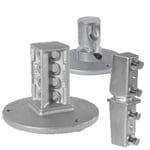 In many instances, the lowermost point of your sign must be no less than seven feet above the ground, in order to adhere to Federal regulations on sign mounting heights. This is for purposes of visibility and safety. Once you factor in the additional amount of height you will need to include, for both the sign height and the length of post that is below the ground (a minimum of 26"), you are talking about some seriously tall posts!
In many instances, the lowermost point of your sign must be no less than seven feet above the ground, in order to adhere to Federal regulations on sign mounting heights. This is for purposes of visibility and safety. Once you factor in the additional amount of height you will need to include, for both the sign height and the length of post that is below the ground (a minimum of 26"), you are talking about some seriously tall posts!
There are manual 'drive caps' that are placed on the top of the post and impacted with a sledge hammer. There are also power drive caps and shanks which attach to gas powered post drivers. Either of these methods would be difficult to use on a single-post installation, unless you are installing a very short post, or unless you have very expensive, highly specialized, truck mounted sign post installation equipment. There are also soil conditions to think about. Manually driving a post through clay-rich soil could be a very difficult task.
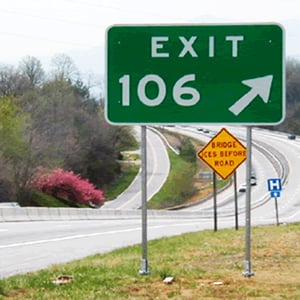 If you are attaching a single post to a surface mounted post base, all you have to worry about is securing the base to your surface. If you have a tall post and it's not being mounted to a surface mount base, then a two-post sign mounting system may be the best solution.
If you are attaching a single post to a surface mounted post base, all you have to worry about is securing the base to your surface. If you have a tall post and it's not being mounted to a surface mount base, then a two-post sign mounting system may be the best solution.
There are many benefits to a two-post sign mounting system. The way a two-post system works is that a shorter anchor post (usually three to four feet in length) is driven into the ground, with the exception of the top four inches, and a longer post is secured to the anchor post using special hardware, or a sign post coupler.
This is also known as a two-part breakaway system. The hardware or couplers that secure the two posts together is designed to break upon impact, sending the signpost and sign safely up and over the vehicle that impacted it, protecting its occupants. There are also breakaway versions of surface mount sign post bases for square tubing, u channel sign posts and round posts. The Federal Highway Administration (FHWA) requires breakaway hardware when installing a post in a “crash zone” (adjacent to any driving surface).
What Are Wind The Winds Conditions Where You're Installing Your Signpost?
Wind velocity, along with the total surface area (Square feet) of the traffic signs you're supporting on your post play a key role in determining how strong your post needs to be, and at what height you can support your sign(s). In some cases, it may mean that you need more than one post per sign.
Some larger signs will need to be supported by multiple posts regardless of wind conditions. There are special high-capacity sign support systems for larger signs.
You will need to consult the literature provided by the signpost manufacturer in order to determine the right post for the sign(s) you need to support. You can find a downloadable wind load chart for Rib-Bak™ u channel sign posts on this blog post we recently wrote.
Post Mounting Hardware, Installation Tools & Sign Mounting Hardware
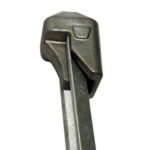 Your choice of signpost (u channel, square tube, or round post) will determine the specific types of post driving hardware and equipment, installation tools, and sign mounting hardware that you will be able to use, such as:
Your choice of signpost (u channel, square tube, or round post) will determine the specific types of post driving hardware and equipment, installation tools, and sign mounting hardware that you will be able to use, such as:
- Manual and Power Drive Caps and Shanks
- Silver & Gold Breakaway Lapsplice Hardware (u channel sign posts)
- Slip-Safe & Slip Safe Supreme Breakaway Sign Support Systems (u channel sign posts)
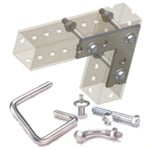 Type A High-Capacity Slip Base Systems (square tubing)
Type A High-Capacity Slip Base Systems (square tubing)- Corner Bolts & Jam Nuts in multiple sizes (square tubing)
- Gravity Pins (square tubing)
- Traffic Signs
- Drive Rivets
- & Much More!
What Happens After A Crash?
Another thing to consider when deciding what type of sign mounting option to go with is what happens to the system after a crash? Will you need to replace the entire system or can you repair it? If you are able to repair it, how easy are repairs to make? With a single post system, you will probably need to replace the post and reinstall it. You might be able to get away with shortening the post, by cutting away the damaged portion, if the post is not in bad shape after it is impacted (provided it still meets minimum sigh height mounting requirements). With Bend-Bak™ Delineator Posts, you will be able to re-straighten the post after impact.
With a two-piece breakaway system, you will probably be able to salvage the anchor post, and in many cases the top post as well, needing only to replace the breakaway hardware or breakaway sign post coupler, then reinstall the posts. This is another reason why the two-post system is so beneficial. It is cheaper to make repairs than to replace your entire system, and it's also easier and quicker than a complete re-install.
About Traffic Safety Products (a division of Eberl Iron Works, Inc.)
As Nucor Marion’s Master U Channel Sign Posts Distributor (for the Northeast Region), and a Leading Supplier of Telespar Square Sign Posts, Traffic Safety Products (TSP) is One of the Largest Signpost Distributors in the United States. We also sell a complete range of accessory products, from signpost drive caps and installation/removal tools to aluminum signs, sign braces, sign brackets, portable sign kits, stainless steel banding, reflective panels, signpost mounting bases and signpost couplers.
Traffic Safety Products is your One Stop Shop for Signposts and Accessories.
